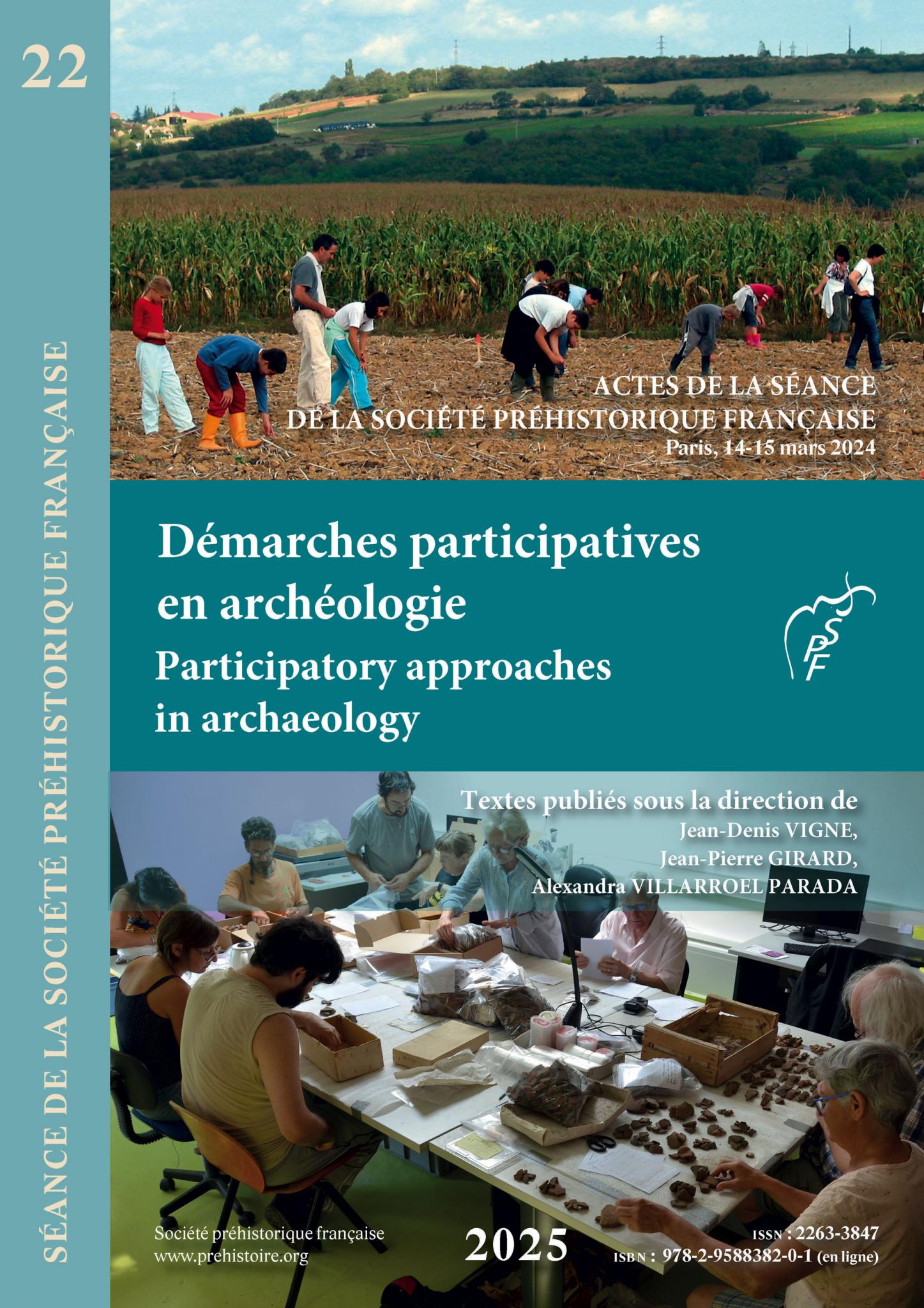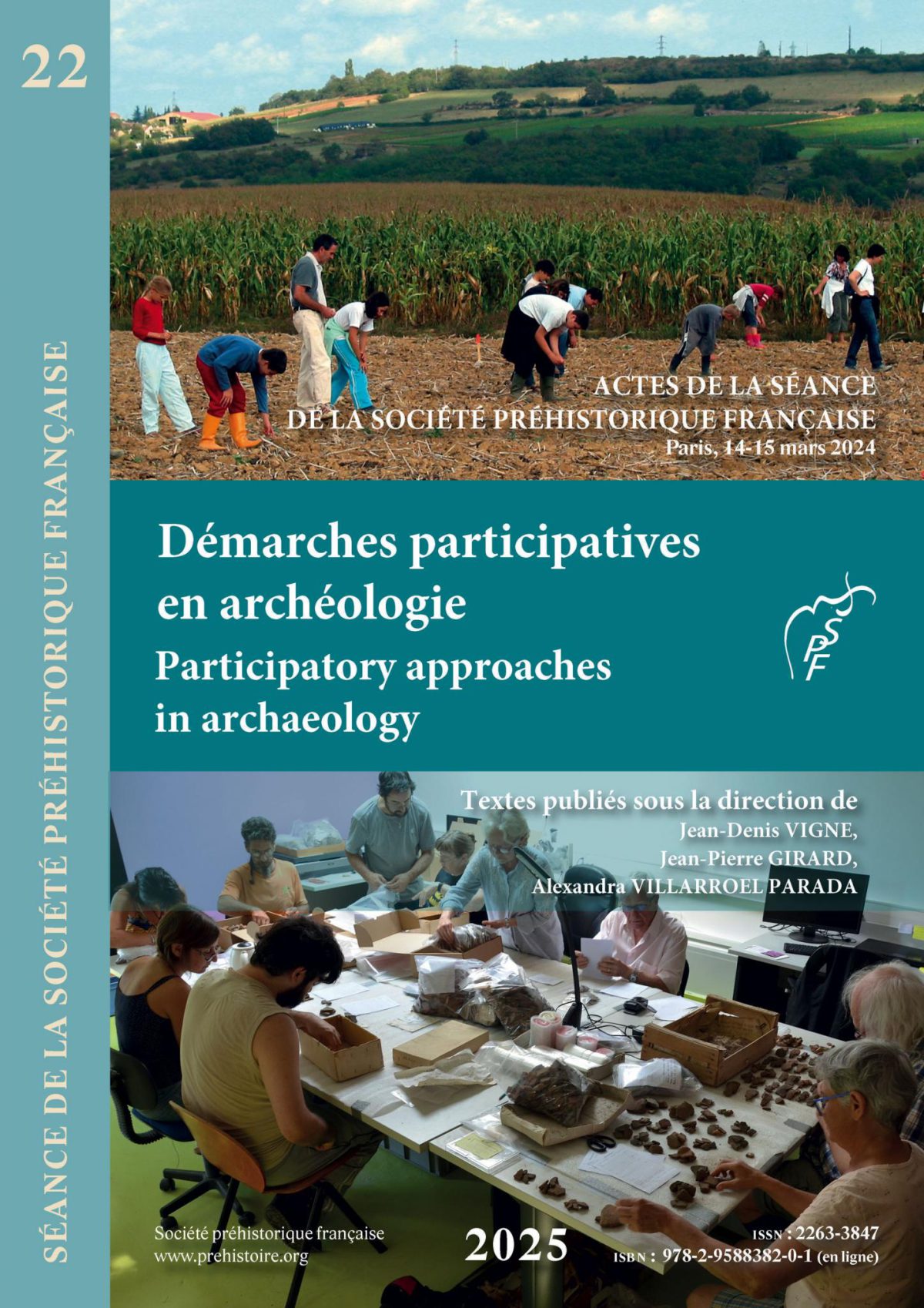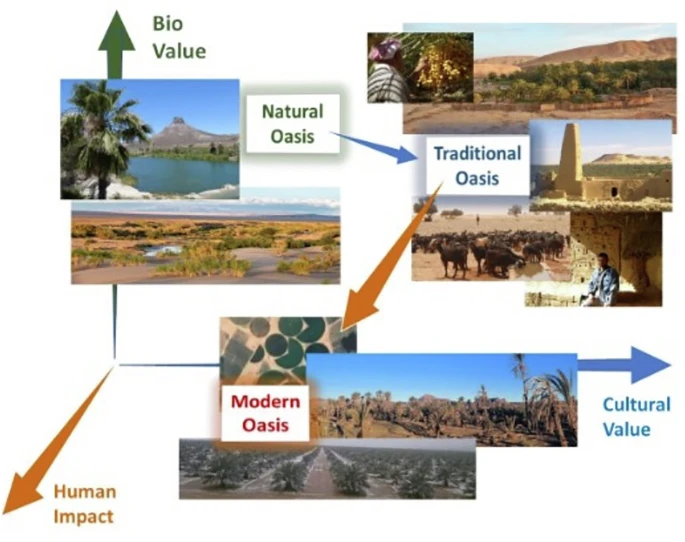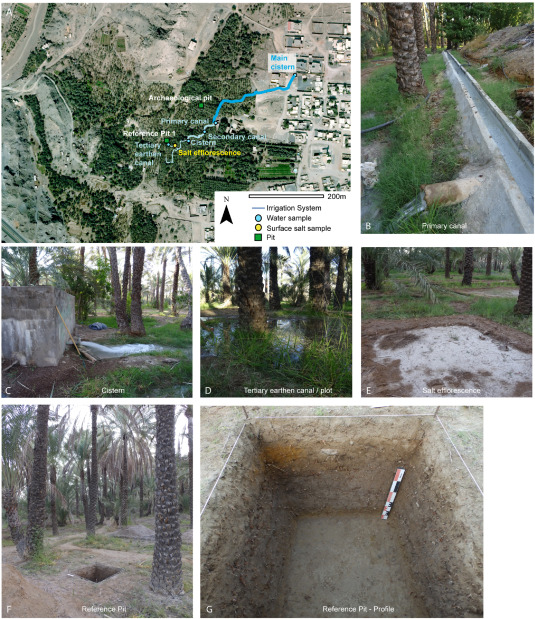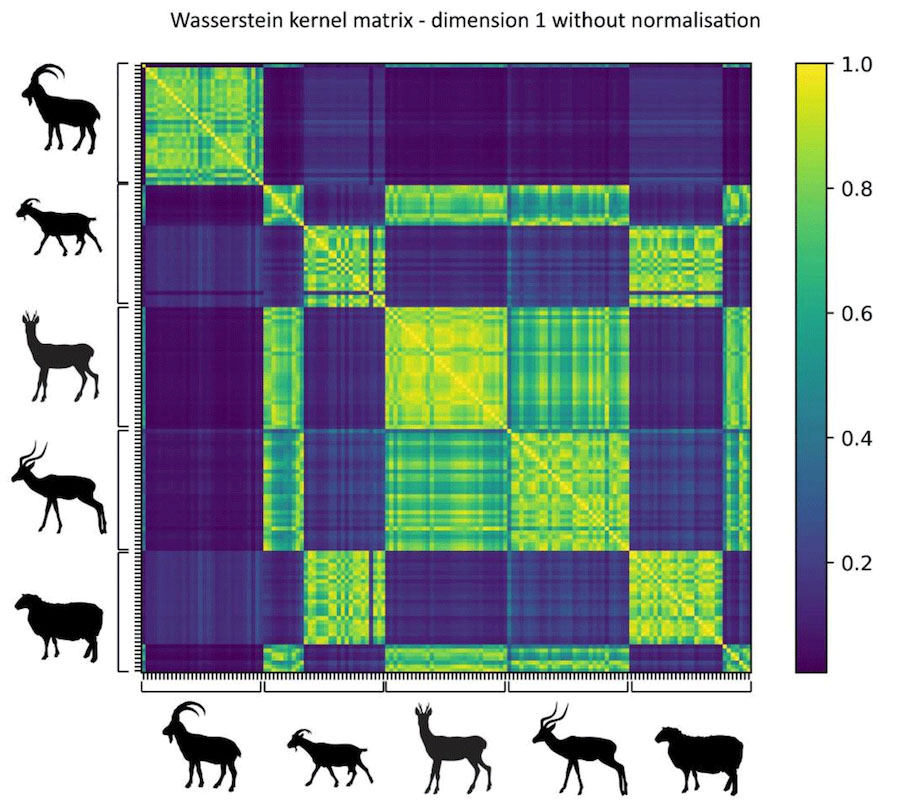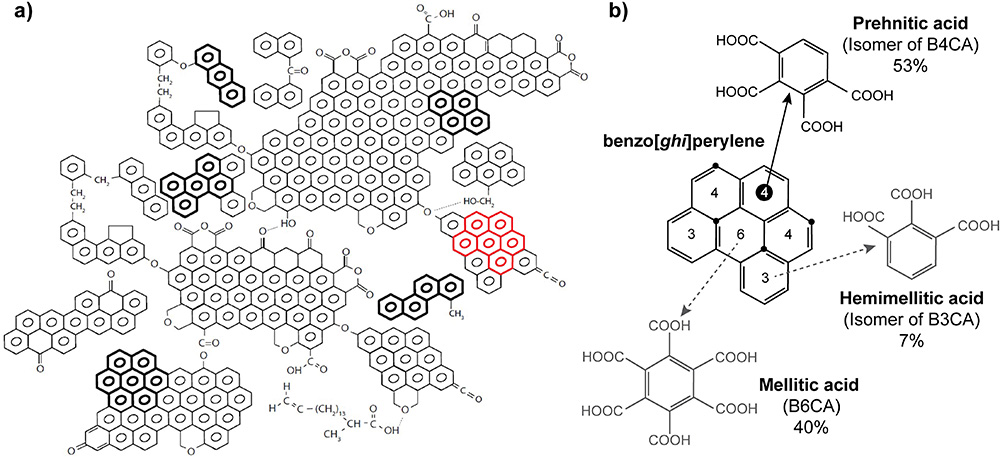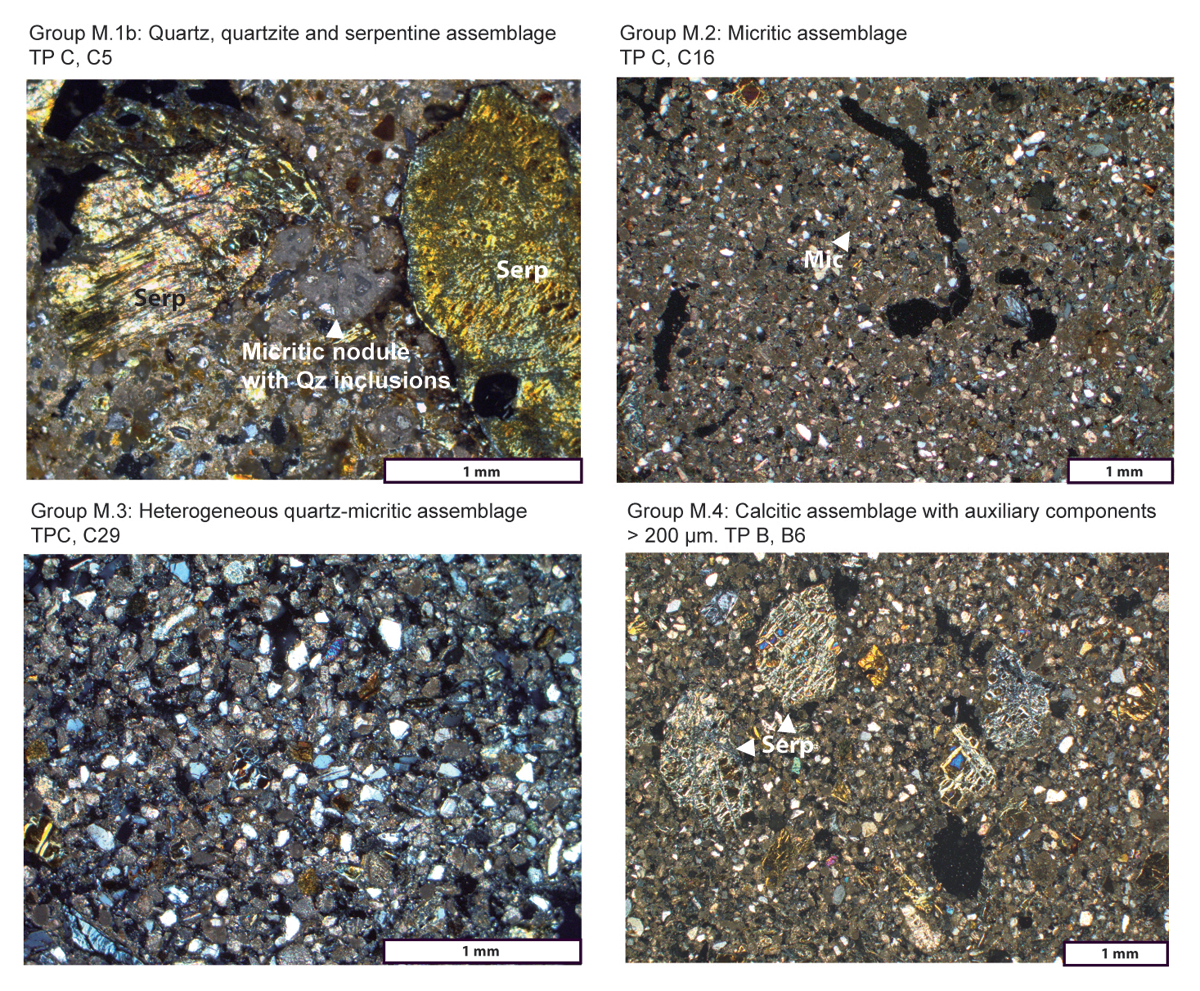Lien vers l’article : https://www.prehistoire.org/offres/doc_inline_src/515/SPF%2B22%2BDE9marches%2Bparticipatives%2B0B%2BVigne%2BBAT%2BBD.pdf
En archéologie, comme dans de nombreux domaines de connaissance, émergent de plus en plus de projets de sciences participatives, définis comme « des formes de production de connaissances scientifiques auxquelles des acteurs, non scientifiques professionnels, participent de façon active et délibérée » (Houllier et Merilhou-Goudard, 2016). Ces recherches se caractérisent par le double objectif de produire des connaissances scientifiques (grâce au recueil, à l’analyse ou à
l’enrichissement de données) et de viser un apprentissage et une montée en compétence citoyenne, que ce soit sur le sujet d’étude, sur la méthode scientifique ou plus largement sur la démarche de recherche ou de patrimonialisation. Organisée à l’initiative de la Société préhistorique française dans le cadre de ses Séances, en lien avec la sous-direction de l’Archéologie du ministère de la Culture, la table ronde qui s’est déroulée du 14 au 15 mars 2024 avait pour objet de rendre visible le plus grand nombre possible d’initiatives participatives de recherche et de valorisation du patrimoine archéologique, qu’elles soient préhistoriques ou historiques. Au-delà de cet état des lieux, elle aspirait à croiser les expériences des différents acteurs, à identifier les éventuels freins et à dégager des opportunités. À terme, il s’agira aussi d’aider les institutions à promouvoir l’archéologie participative et à mieux l’intégrer dans leurs stratégies. Cette introduction précise les conditions d’organisation de la table ronde et tente une analyse croisée des études de cas présentées dans ce volume. Il apparaît que les projets existants, très souvent amorcés par des structures associatives, sont plus nombreux et plus divers qu’on ne pouvait l’imaginer, et que l’échantillon réuni ici n’est, de ce fait, pas nécessairement représentatif de ce foisonnement. Quelques pistes sont cependant esquissées en vue de compléter la cartographie nationale et de la rendre plus visible, de stimuler les interactions entre les nombreux acteurs impliqués et de contribuer au développement de ce champ de recherche novateur et prometteur.
Mots-clés : archéologie, recherches participatives, mouvement associatif, citoyenneté, patrimonialisation.
Ouvrage :
Démarches participatives en archéologie – sous la direction de Jean-Denis Vigne, Jean-Pierre Girard, Alexandra Villarroel-Parada, Actes de la Séance de la Société Préhistorique Française, 22, 339p.
https://www.prehistoire.org/515_p_58531/accEs-libre-seance-22-demarches-participatives-en-archeologie.html
